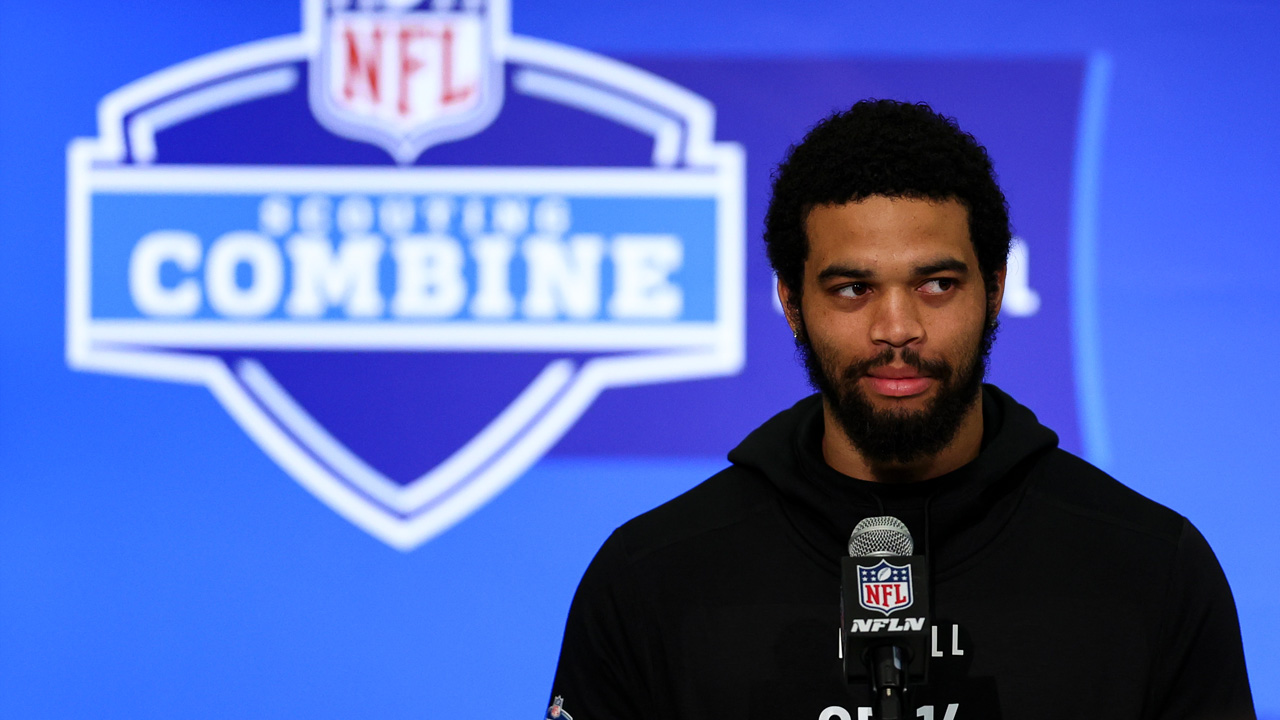
The facts are clear and indisputable. Since Title IX was adopted in 1972, 40 years ago, the federal civil rights law that prohibits discrimination on the basis of sex has dramatically changed the course of education for female students in athletics and academics in the United States.
In 1971 before Title IX, women earned less than 10 percent of law and medical degrees and only 13 percent of doctoral degrees. Only 1 in 27 participated in high school sports. There was virtually no money available for college scholarships. The Illinois High School Association didn't sponsor any sports for girls.
Things sure have changed. By 2001, 1 in 2.5, or 2.8 million girls were participating in high school sports. The number of girls competing in college sports increased from 32,000 in 1971 to 150,000 in 2012. There is 1 million available for scholarships and the IHSA sponsors 15 competitive activities for girls, 14 for boys.
Stay in the game with the latest updates on your beloved Chicago sports teams! Sign up here for our All Access Daily newsletter.
But a gender gap still exists. Women hold fewer management positions than men and earn only 77 cents for every dollar that a male counterpart earns. There are 1.3 million fewer girls participating in high school sports. And that doesn't take into account who's watching.
Steve Tucker and Dave Power have been observing girls sports in Illinois and around the country since the 1970s--Tucker as an editorreporter for the Chicago Sun-Times and Power as basketball coach at Proviso East, Proviso West, Immaculate Heart of Mary and Fenwick.
They freely acknowledge the many pluses of Title IX. Power has sent 40 girls to college on scholarship. Girls have opportunities to go to college to compete in such sports as field hockey, rugby, lacrosse and bowling, activities that didn't exist at the time that Title IX was enacted.
"Title IX has given girls almost unlimited opportunities to participate on a team," Power said. "There are more sports, more opportunities, more scholarships. It has opened up a lot of pathways and doors that weren't open before. Girls have learned lifelong lessons that carry over into life beyond sports."
News
Power recalls the pre-Title IX era when girls participated in the Girls Athletic Association (GAA), which amounted to intramural competition. The Illinois High School Association didn't sponsor any championship activities for girls, only boys.
"There was always one girl in every school, called a Tom Boy, who was more athletic than other girls and even some boys and she competed with her older brothers and mixed it up with the boys in football, basketball and baseball. When Title IX began, she could take her team quite a way, like Pam Gant or Kathy Boswell or Tina Hutchinson or Jackie Joyner-Kersee. But that won't fly today.
"In those days, there was no athleticism. The skill set was very low. In basketball, nobody could make a free throw. That's what is different today. Now each team has four or five really good players. One great player isn't enough to take a team Downstate. The game is more uptempo. There is more athleticism, more good fundamentals, more skills."
But Power also sees a negative side. He describes a "glut in sports" that is created by parents who, frustrated that their daughter doesn't excel in one sport, find another sport that she does excel in, then organize a team. "That is what is hurting girls sports," he said.
"In girls programs, they don't cut so they keep 110-120 girls in a program, 40-50 on a team. There are too many sports and so many coaches are trying to get girls to play them full-time. In the old days, kids played more than one sport. Today, specialization is emphasized. More and more sports are popping up."
Power sees some sports booming while others are declining. Some teams boast such large numbers that many girls can't play or see little playing time. At Fenwick, Power said coaches share athletes, allowing them to participate in more than one sport. But many schools persuade girls to compete in only one sport, like a club sport.
He claims Fenwick basketball is thriving. He keeps only 15 players on the varsity. In 20 years at the Oak Park school, he has won over 400 games and two state championships.
"The game is still great, better than ever, better skills and athleticism and fundamentals, maybe too physical," he said. "From a team point of view, everything is going well. But are we producing the number of super stars or great players. Something is amiss. Maybe it's because we are producing a number of girls who are very good but not great. We're not seeing any more Candace Parkers or Devereaux Peters or Tricia Listons."
Power believes girls basketball is losing potentially great players because there are so many other avenues for them to take. "Kids go where they can get a college scholarship, where their best chance is. They are influenced by their families. For some, it's a status figure. Now it's a driving force," he said.
Tucker counts empty seats. He said he isn't sure that Title IX has turned out exactly the way the organizers and legislators envisioned it. He notes how it has impacted on college sports--how many programs are operating in the black?--and how attendance figures for high school girls and boys sports have declined.
"The biggest part is acceptance," Tucker said. "It is there and people do it. But girls softball, basketball and volleyball isn't like what they do for boys...no cheerleaders, no concessions. Very rarely do you see high schools conduct dances or other social activities after girls games like they do for boys games.
"Yes, there are scholarships for girls, which is why Title IX was created but it hasn't put people in the seats. There is not a huge fan base for girls sports, just family and friends and fans. At a boys football or basketball game, there is a social aspect to it, not with girls sports.
"Girls sports haven't found a niche with the public. There is no "oh boy, the girls are playing" attitude, even within their own community, high school or college. I don't see a lot of kids going to girls games."
Tucker also points out that Title IX has been a financial drain on high school and college programs. With the addition of so many more sports and so many participants, there are fewer qualified coaches. Budgets are being stretched. Who pays for all the equipment and facilities?
"It is good to have so many options but it has taken its toll," Tucker said. "Schools are strapped financially. Some schools are forced to eliminate some sports and cut back on coaches."
Colleges have cut back, too. Because of Title IX, some schools have cut wrestling and other non-revenue sports. In women's basketball, Tennessee, Connecticut and Notre Dame have done well. DePaul averages under 3,000 at home, fewer than the Northwestern men's team that hasn't qualified for the NCAA tournament in its history.
"After 40 years, It is a big disappointment," Tucker said. "It is the nature of society today. Boys sports aren't drawing as many spectators as they once did. There are more things to do and more things pulling at people to do. Remember the old Chicago Hustle, the women's professional basketball team in the late 1970s and early 1980s? They generated more interest than anyone now. And they're gone and forgotten."


